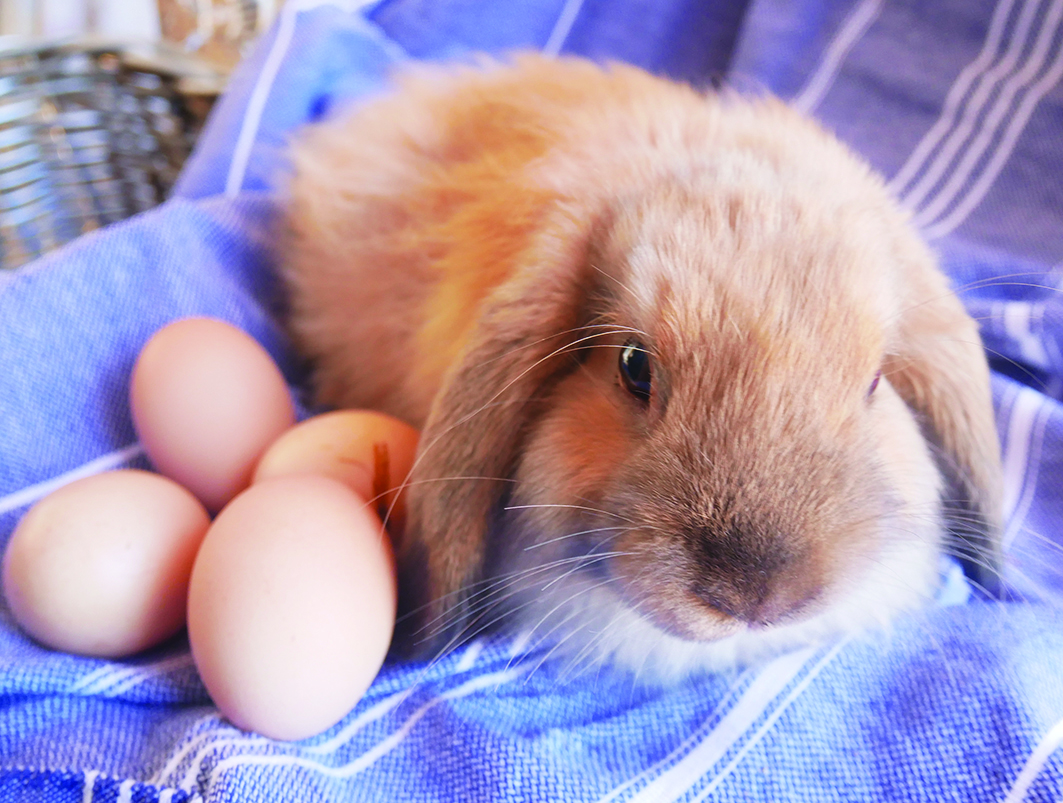It might be hard to believe but Easter is just around the corner! This principle holiday in the Christian faith celebrates the resurrection of Jesus Christ, but have you ever wondered why this date changes each year?
Easter is what is known as a ‘moveable feast’ and is actually part of an entire season of celebration in Christianity, not just the 4-day long-weekend most of us are familiar with. It incorporates the 40-day period preceding Easter Sunday (called Lent), and the 50-day period following Easter Sunday, called Eastertide, which includes a celebration of Jesus’ ascension into heaven.
According to the Bible, Jesus Christ’s death and resurrection occurred around the time of the Jewish Passover, which was celebrated on the first full moon following the vernal equinox. An equinox occurs twice a year, when the sun’s centre crosses the equator and day and night everywhere are of equal length. This led to some Christians celebrating Easter on the same day as Passover, and others the following Sunday.
In 325AD, to eliminate this confusion, the Council of Nicaea (a group of Christian bishops) established that Easter would be held on the first Sunday after the first full moon that occurred on or after the vernal equinox. Easter can therefore be observed anywhere between March 22 and April 25 every year, depending on the lunar cycle.
What about the name Easter? The exact origins of the name are unknown. Some sources claim the word Easter is derived from Eostre, a Teutonic goddess of spring and fertility. Others have traced Easter to the Latin term hebdomada alba, which means ‘white week’ — a reference to the white clothing donned by people who were baptized during Easter in ancient times. Through a translation error, the term later appeared as esostarum in Old High German, which eventually became Easter in English.
Now, you might be wondering — how do chocolate bunnies and eggs fit into this tale of resurrection and Teutonic goddesses? Again, there are a few theories on the origins of the Easter Bunny. It has been said that the goddess Eostre found a bird dying from the cold and transformed it into a rabbit so its fur could provide it with warmth —but that rabbit still laid eggs like a bird! Some say this egg-laying rabbit (who is also usually referred to as male!) originated in Germany, evaluating the behaviour of children during Eastertide and delivering candied eggs to those who deserved it. This tradition spread to America in the 1700’s, with children decorating nests for the bunny to lay the eggs in. It eventually transformed to include chocolate and other gifts; decorated baskets replacing the nests. Rabbits are well-known as prolific breeders and are a good mascot for a holiday celebrating resurrection and new life!
The egg, an ancient symbol of new life, has been associated with pagan festivals celebrating spring. From a Christian perspective, Easter eggs are said to represent Jesus’s emergence from the tomb. Decorating eggs for Easter is a tradition that dates back to at least the 13th century. Eggs were formerly a forbidden food during Lent, so people would paint and decorate them to mark the end of the period of penance and fasting, then eat them on Easter as a celebration.
Whatever your beliefs and traditions, be sure to have a safe and enjoyable time with family and friends this Easter!








